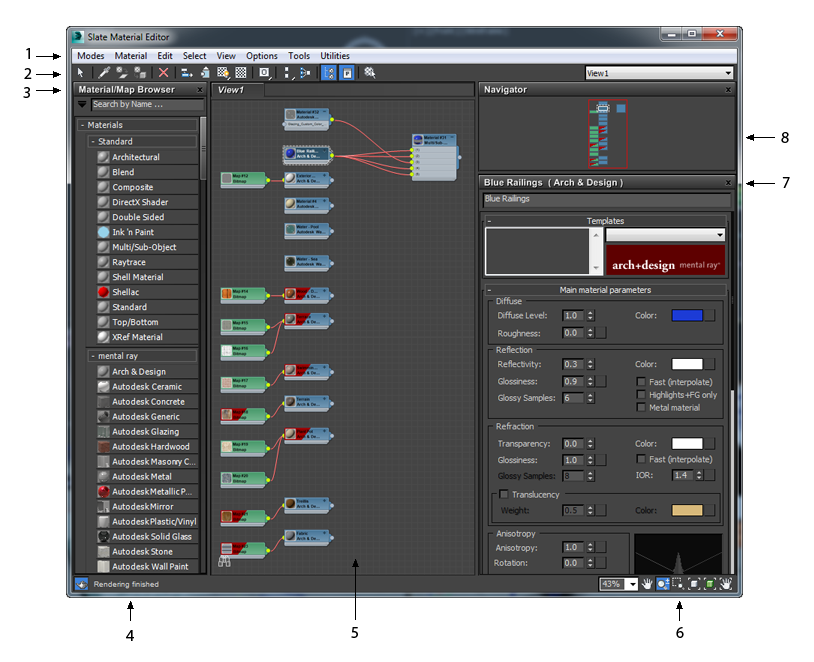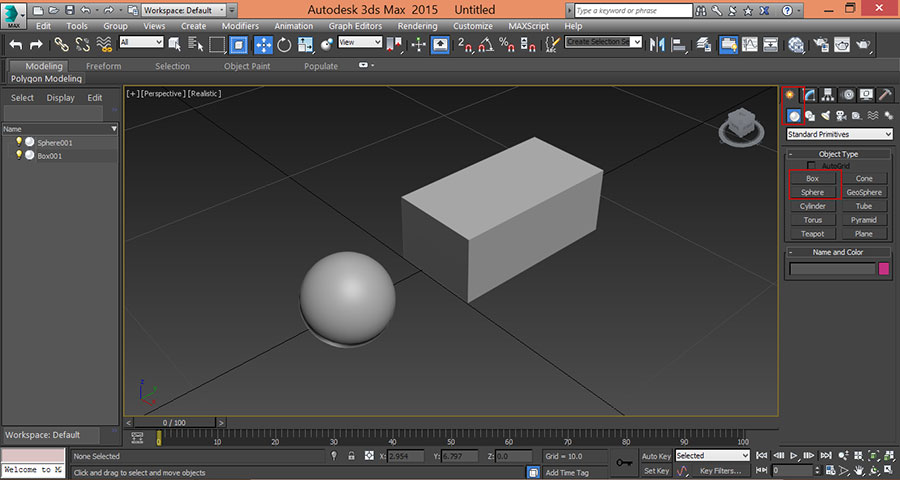
Now, we have to create wireframe material first so press M for Material Editor. Under Assign Renderer rollout choose Mental ray as the production renderer. So, Press F10 key to bring up the Render Setup Dialog. In this technique, we will use a material called Composite but before using that you have to switch to Mental ray renderer. Sometimes it looks little dirty as the width of the wire is not evenly rendered at some places so I generally do not use this technique to render wireframes of my models. Now apply the material to your object and render it and here is your object with wireframe. Note that the width of the black area is the width of the wireframe of your object and you can change it any time. Inside Gradient Ramp Parameters rollout, create a gradient as shown in the image and set the Gradient Type to Box.

Now, click on Diffuse button and select Gradient Ramp material. Select a material slot and inside Shader Basic Parameters rollout turn on the Face map option.


So, open up the Material Editor by pressing M key on your keyboard. I have a low poly model on viewport and you can use any other object to use these techniques.įirst of all, we have to prepare a material. Let’s start with Gradient map technique, in this technique, we use gradient map to render the wireframe of the object.

These are some commonly used wireframe rendering techniques. There are number of ways to do wireframe renders but here I am going to show some of those that can be achieved without using any plugin or scripts or without the involvements of any other software like Photoshop. We generally need wireframe renders if we want to display the mesh flow / edge flow of our model for show reel stuff or for our website / blog gallery. In this tutorial, you will learn five techniques to render the wireframe of an object in 3ds max.


 0 kommentar(er)
0 kommentar(er)
